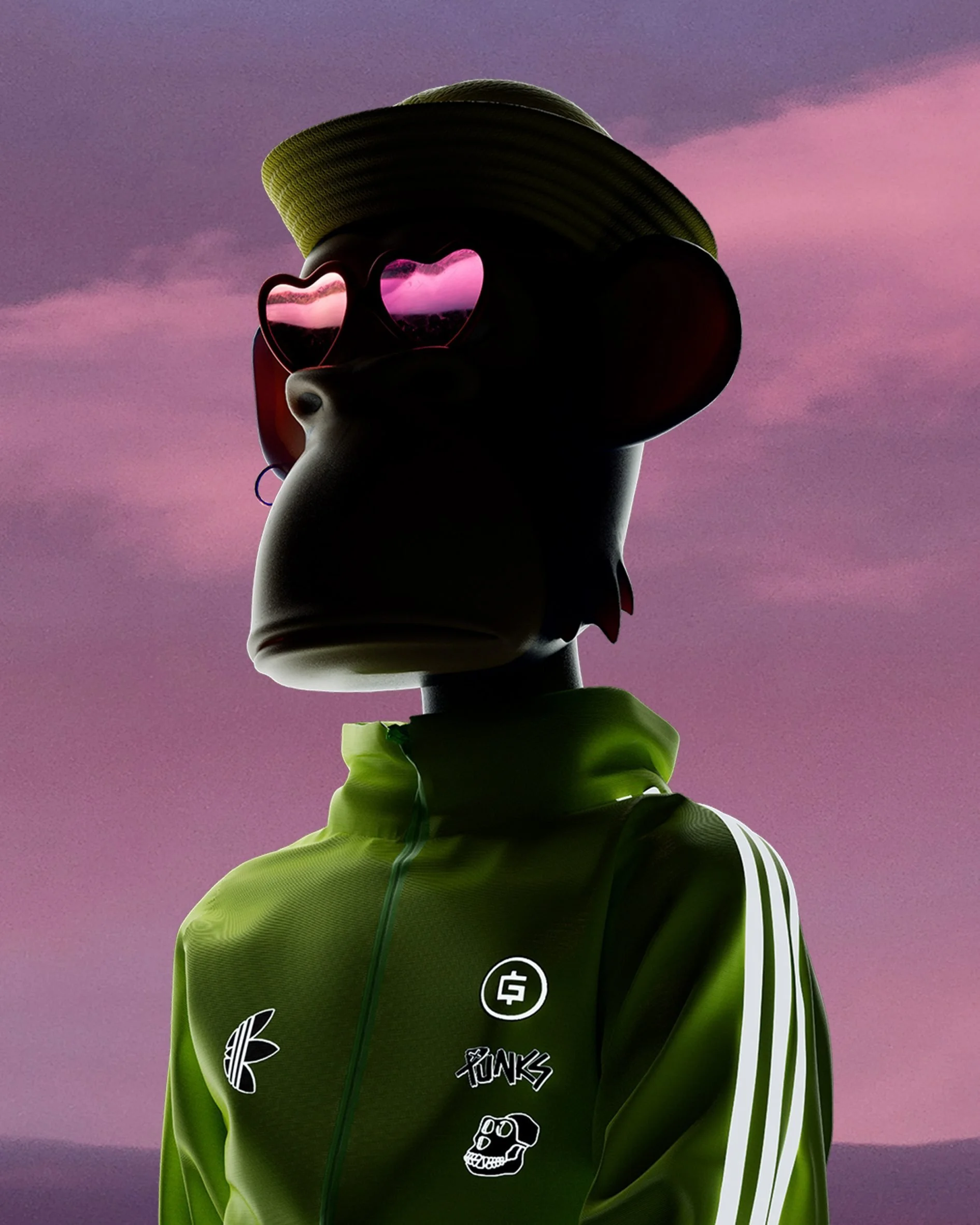TikTok's Congressional Hearings Remind Us of the Tech Illiteracy Among Our Lawmakers
It’s painful to see just how technologically illiterate US lawmakers are, and I’m not even from America. I’m just a Panamanian that is tired of seeing the top decision-makers of a world superpower struggle with the most basic tech concepts.
US tech companies like Google and Meta have a significant presence in many countries, and changes to their operations in the US can affect users in other countries as well. Laws and regulations in the US usually set an international standard for technology and internet-related issues. Unfortunately, many countries, including my own, look to the US leaders as experts in these areas when the reality couldn’t be more different.
I ain’t opposed to regulation. I’m only opposed to bad regulation, and bad regulation is guaranteed without a proper understanding of technology. We don’t want to hamper innovation or slow down progress, we just want Congress to know what the hell they are talking about. Seriously, these are our elected officials, it’s kind of embarrassing.
As TikTok faces a potential ban amid concerns over its possible influence from the Chinese government, the congressional hearings have made this issue even clearer. TikTok's CEO, Shou Zi Chew, has been subjected to a series of ridiculous questions, highlighting how out of touch many representatives are with the technology they are trying to regulate.
For example, Richard Hudson, a Republican from North Carolina asked Chew if TikTok accesses the home Wi-Fi network. Any technologically literate person would know that any social media app needs internet access to function. Another baffling question was "Can you [Chew] say with 100 percent certainty that TikTok does not use the phone’s camera to determine whether the content that elicits a pupil dilation should be amplified by the algorithm?".
Unfortunately, this lack of understanding is not exclusive to TikTok's case; Google CEO Sundar Pichai was once asked about iPhones, a product they do not make. Mark Zuckerberg was also asked how Facebook made money if it was free to users (hint: they sell ads).
This technological illiteracy is the main roadblock for lawmakers to effectively regulate a rapidly changing industry like tech. The US had a solution to this problem once: the Office of Technology Assessment (OTA). Established in 1972, the OTA was created to educate and brief both the House and Senate on scientific and technical issues. The OTA had a staff of approximately 140 scientists, engineers, and technologists.
But surprise, in 1995, the federal government dissolved the OTA, deeming it "too wasteful", with the assumption that government officials were capable enough to understand and govern the issues and technologies of the day.
This assumption has been proven wrong time and time again, as we have just seen in the recent TikTok hearings and previously with Google and Facebook.
So, what can be done to fix this STEM illiteracy problem among our politicians?
We could reinstate the OTA or a similar entity, providing lawmakers with the necessary expertise to make informed decisions. But another better option could be to encourage more STEM-educated individuals to run for public office, bringing their knowledge directly to the decision-making process. This is what I’m all about.
We need more STEM professionals in government, who can develop actual solutions that work for everybody. With more tech-savvy representatives, maybe the debate over which app kids get to make dancing videos with will be replaced by more thoughtful conversations about how to use tech responsibly and ethically.
It is paramount for our politicians to understand the impact of the technologies they are trying to regulate, the science behind them, and how the industry works. These people get paid a ton of money just for making decisions. It shouldn’t be this difficult.



































